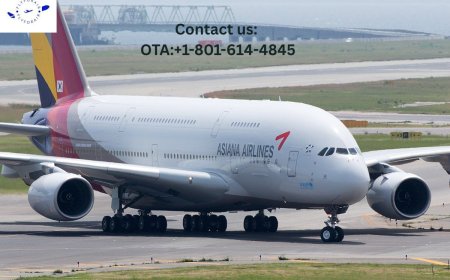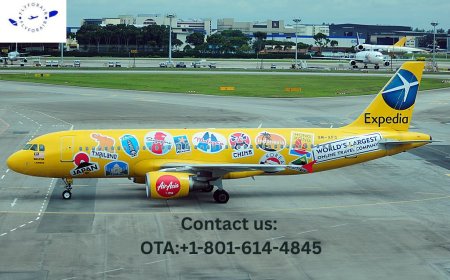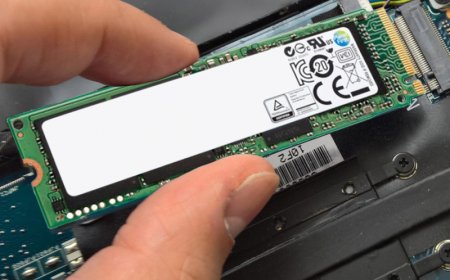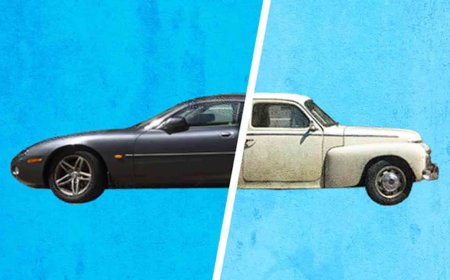Adoption Visa vs. Child Visa: What’s the Difference and Which One Is Right for You?
When bringing a child to Australia, families often encounter two common visa options: the Adoption Visa (Subclass 102) and the Child Visa (Subclass 802 or 101).

When bringing a child to Australia, families often encounter two common visa options: the Adoption Visa (Subclass 102) and the Child Visa (Subclass 802 or 101). Both serve the purpose of uniting children with their adoptive or biological parents, but they differ significantly in eligibility, application process, and intended circumstances. Understanding these differences is essential to choosing the right visa pathway for your familys situation.
What Is an Adoption Visa (Subclass 102)?
The Adoption Visa (Subclass 102) is for children adopted outside Australia by an Australian citizen, permanent resident, or eligible New Zealand citizen. It allows the child to migrate and live permanently in Australia with their adoptive parents.
Key Features:
-
The child must be adopted or in the process of adoption before the application.
-
Adoption must comply with the laws of both the childs home country and Australia.
-
The adoption must be arranged outside Australia.
-
The child must be under 18 years of age at the time of application.
Who Its For:
-
Families who adopted or are adopting a child from another country while residing in Australia.
-
Those undergoing intercountry adoption facilitated by Australian state or territory authorities.
What Is a Child Visa (Subclass 101/802)?
The Child Visa comes in two forms:
-
Subclass 101: For children outside Australia.
-
Subclass 802: For children inside Australia.
This visa is for biological, adopted (in some cases), or stepchildren of eligible Australian parents. Unlike the Adoption Visa, the Child Visa isnt limited to intercountry adoption scenarios.
Key Features:
-
The child must be dependent on the sponsoring parent.
-
They must be under 18, or a full-time student aged 1825, or disabled.
-
Adopted children may qualify if adopted before the sponsoring parent became an Australian citizen or permanent resident.
Who Its For:
-
Biological or adopted children of Australian residents.
-
Children living either in or outside Australia, depending on the subclass.
-
Children who did not go through formal intercountry adoption procedures.
Key Differences Between Adoption Visa and Child Visa
| Feature | Adoption Visa (Subclass 102) | Child Visa (Subclass 101/802) |
|---|---|---|
| Adoption Status | Must be adopted outside Australia | Can be biological or adopted under specific rules |
| Location of Child | Must be outside Australia | Can be inside (802) or outside (101) Australia |
| Who Can Apply | Australian parents adopting overseas | Australian parents of dependent children |
| Age Requirement | Under 18 | Under 18 (or 1825 if studying, or disabled) |
| Adoption Timing | Adoption must occur before applying | If adopted, must be before sponsor became Australian resident/citizen |
Which Visa Is Right for You?
Ask yourself the following questions:
-
Was the child adopted overseas?
-
Yes ? Likely eligible for an Adoption Visa.
-
-
Is the child your biological child or stepchild?
-
Yes ? A Child Visa is likely appropriate.
-
-
Was the child adopted after you became an Australian citizen/permanent resident?
-
Yes ? Youll likely need the Adoption Visa, not the Child Visa.
-
-
Is the child already in Australia?
-
Yes ? Consider the Child Visa Subclass 802.
-
-
Are you working with an Australian state authority for intercountry adoption?
-
Yes ? The Adoption Visa is the usual pathway.
-
Final Thoughts
Choosing between the Adoption Visa and Child Visa depends heavily on your unique circumstances, including your relationship to the child, where the adoption occurred (if applicable), and the childs current location. Both visas lead to permanent residency and offer children a pathway to life in Australiabut selecting the right one ensures a smoother and legally sound process.































